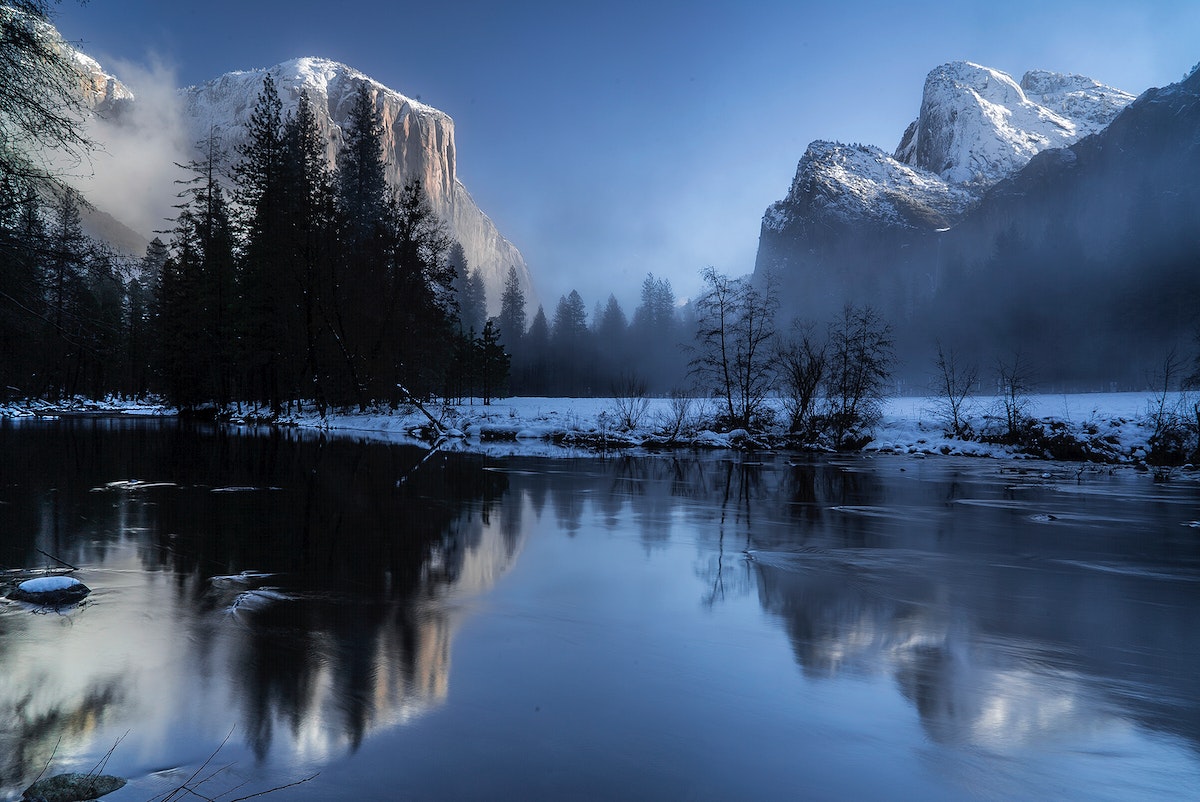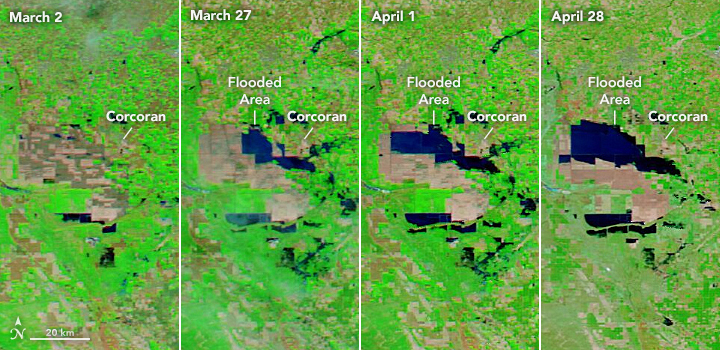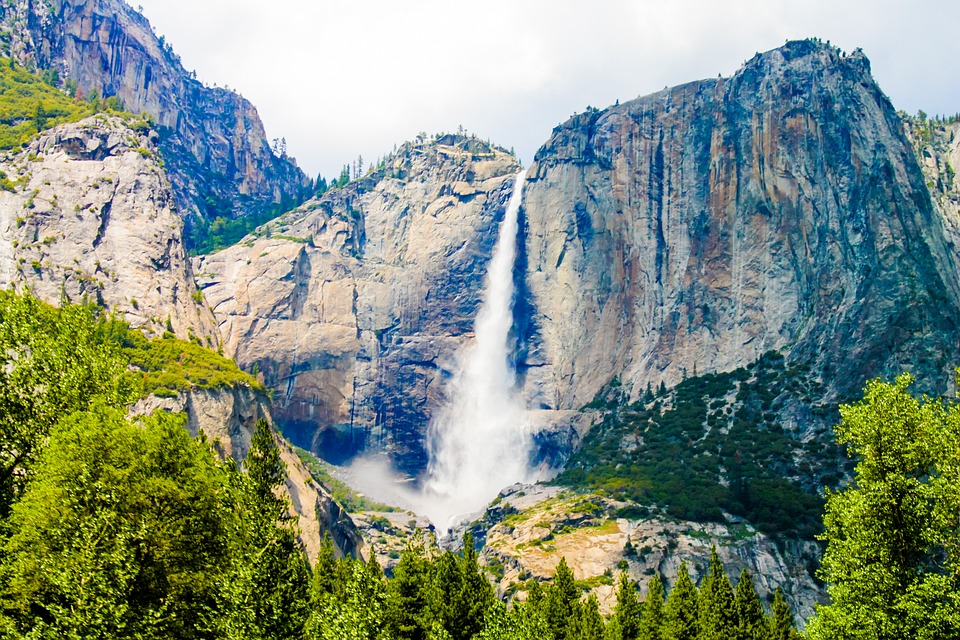With near-record snowfall in California's mountains this past winter, the state turns to flood control, as all that snow melts.
Lake Shasta and Lake Oroville in Northern California are approaching full capacity. Shasta is now 98 percent full, while Oroville is 10 feet from capacity. The last time the huge reservoirs were near capacity was 2017.
The Lake Tahoe region and Western Nevada, including Reno and the state capital in Carson City, are under a Flood Watch through early next week as snowmelt causes creeks and streams to rise with the warming weather.
Yosemite National Park has closed several campgrounds due to possible flooding. The park, in the Central Sierra Nevada Mountains, has received double the average snowfall, and runoff into Yosemite Valley is expected to create flooding on the Merced River which flows through the busiest tourist area of the park. Spring is often the best time in Yosemite, because the snowmelt creates the spectacular waterfalls the park is known for. The park expects closures in various areas of the park to continue into July.

In the San Joaquin Valley, is the historic lakebed of Tulare Lake, which was once the largest freshwater lake west of the Mississippi River, has reemerged. Since the 1920s, the rivers that fed the lake have been dammed and diverted for agriculture and other uses. The lakebed has since been covered with farms that produce a variety of crops and livestock.
Flooding in the lakebed is likely to continue into 2024, which will affect residents and farmers in the area, as well as some of the most productive cropland in the Central Valley. The town of Corcoran, on the edge of Tulare’s historic extent, is at risk of flooding from the rising waters.


